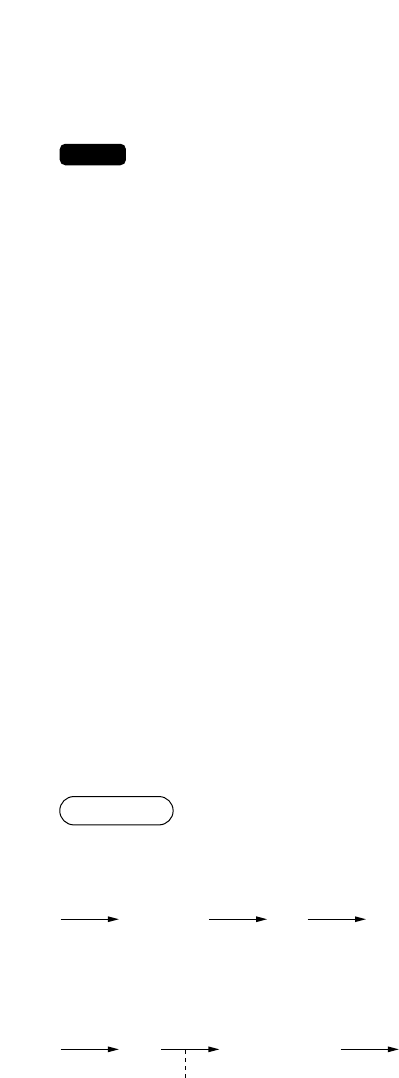
■ Article order masks
To use this function, please consult your SHARP authorized dealer.
Article order masks are basically the data entry forms of orders to be sent from the POS terminal to the
headquarters. They are also used for the forms of merchandise returns, inventories, delivery notes, etc.
There are two types of article order masks: order masks and universal masks. You can create up to 25
masks (mask no 1 to 25) in total. The first five of them are used for order masks and the rest are used for
universal masks.
Order masks
Order masks are mainly used to send orders to the headquarters. Mask no. 1 to 5 are reserved for order
masks.
In an order mask, you can program orders the number of deliveries a day. One delivery is called “TOUR”.
For example, 100 sandwiches are delivered at 6 a.m. as TOUR1, 200 sandwiches at 11 a.m. as TOUR2
and 50 sandwiches at 3 p.m. as TOUR3.
The mask data (article codes, texts and order proposals) are downloaded to the POS terminal from the back
office. On the POS terminal, you open the mask data, confirm the order proposals and enter the quantities
for the articles. The mask data is uploaded online using a computer.
Universal masks
Universal masks enable you to send information such as merchandise returns, inventories, etc. to the
headquarters. Mask no. 6 to 25 are reserved for universal masks.
The mask data (article codes and texts) are downloaded to the POS terminal from the headquarters. On the
POS terminal, you enter information such as the quantities of returns, inventories, etc. into the mask data.
The mask data is uploaded online using a computer.
One of the universal masks can also be utilized as branch-to-branch stock transfer. To use this function, you
need to specify the mask no. to be used as stock transfer in the PGM2 mode.
m
XX
* Mask number
Direct entries
Order masks/Universal masks
The selection menu “MASK” is displayed.
* 01-05 for order masks, 06-25 for universal masks
Data entry
m
Menu selection entries
Data entryMenu selection
Procedure
NOTE
80


















